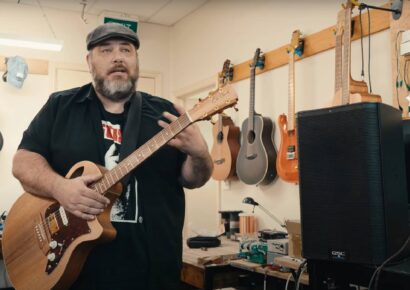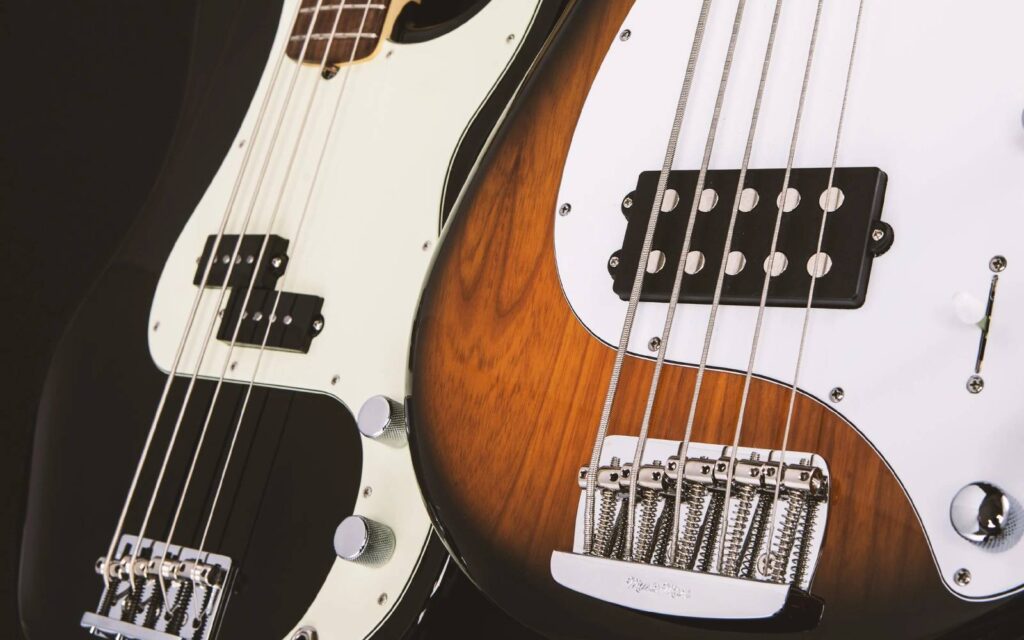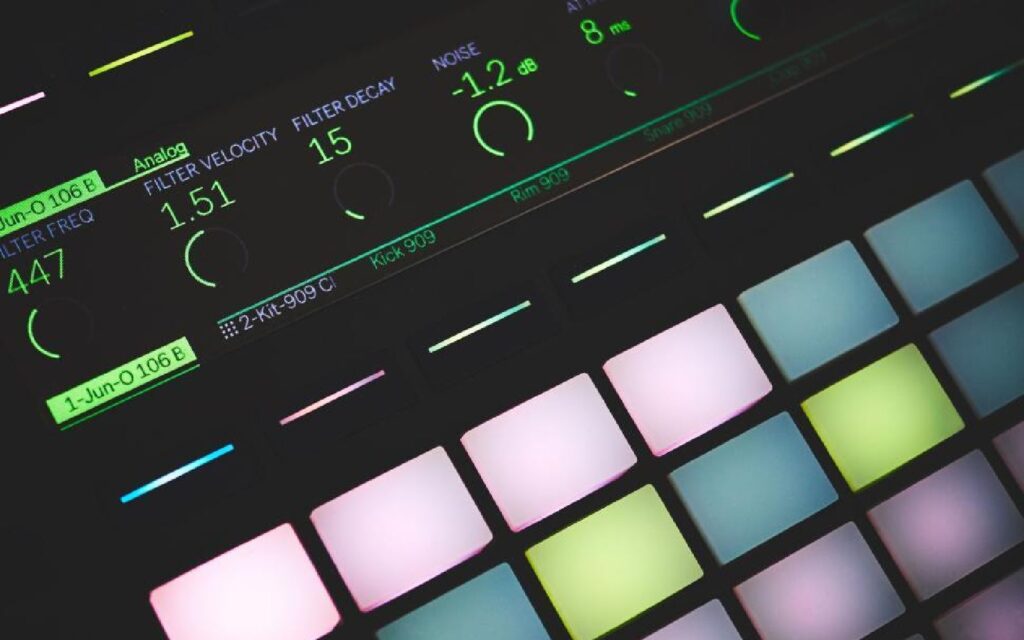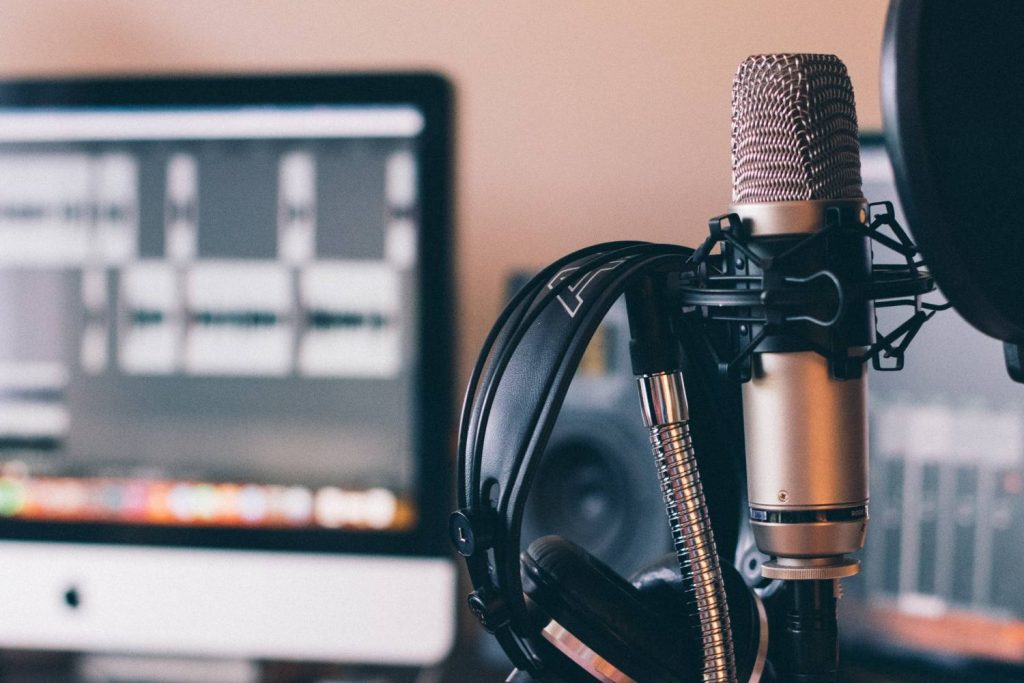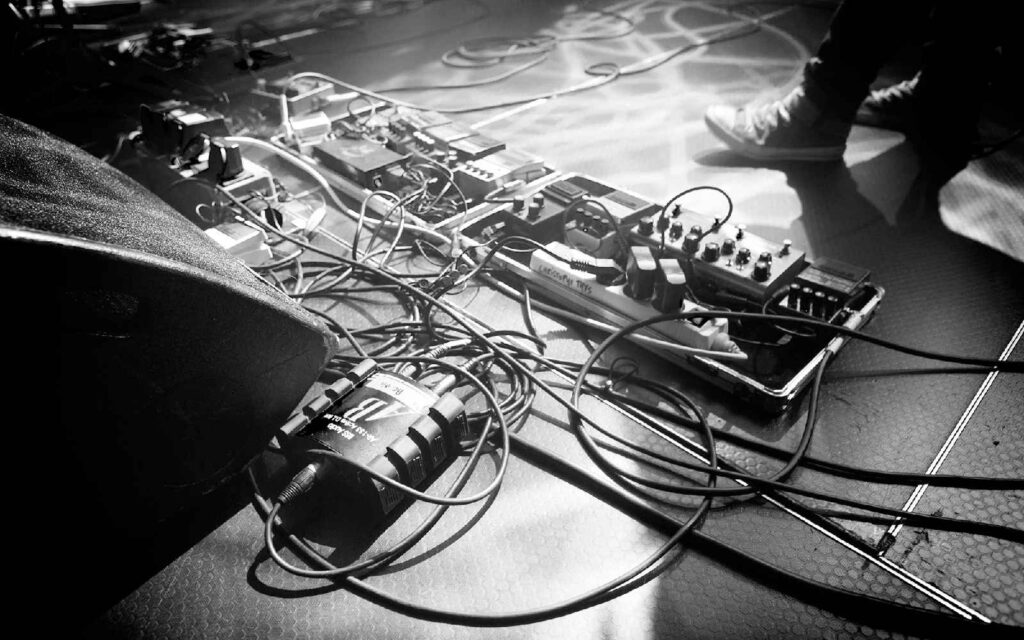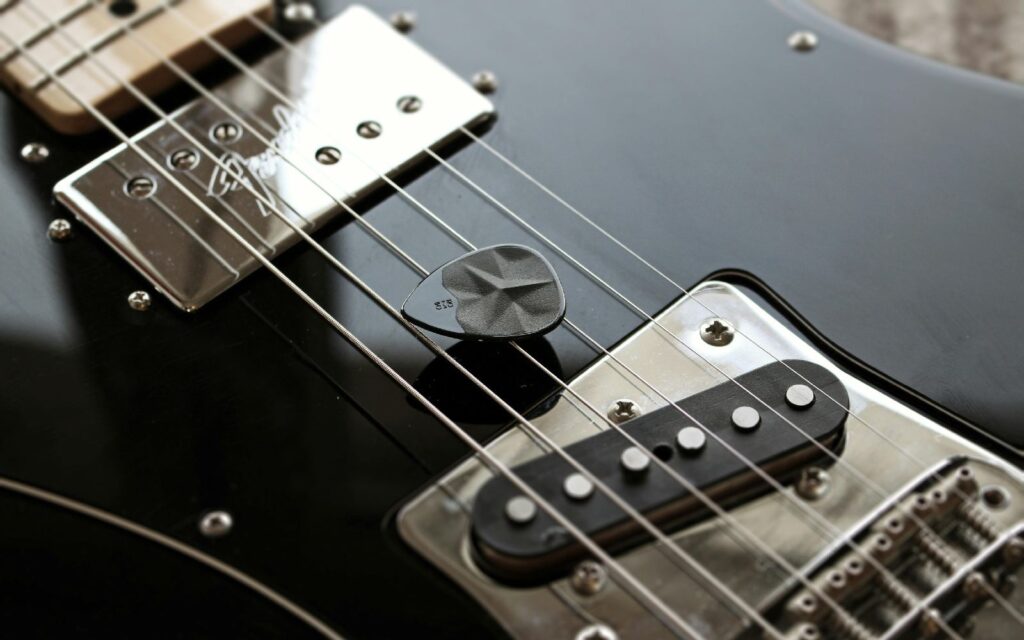As a member of The Police and out on his own, Sting has been one of the most influential bassists around for the last 40 years, so we thought it might be worth having a look at some of the gear he has used over his career.
In my initial searching around, I was unsurprised to find that when trying to pinpoint the signature Sting bass, one finds that the renowned artist has used about a million different basses over the years, from a whole bunch of different makers.
Read all the latest features, columns and more here.
However, he in time in fact came full circle, returning to the Fender guitars that he started on. Although we normally look at the full range of gear used by an artist, the pure wealth of interesting information about his basses makes them worth looking at on their own.
Fender Precision Bass
The cream of the crop in terms of Sting’s basses are his 1955 and 1957 Precision basses, which he still uses to this day. They were both hand built by Leo Fender, and are full of history, which is something Sting loves about his instruments. Another important Fender is his 1962 Jazz bass, which has been a mainstay in Sting’s arsenal over the years and mostly used when in the studio.
The bass can be seen in photos of Last Exit, a jazz fusion band that Sting was a part of in the early ‘70s. He also had in his collection a couple of fretless Precision basses, one in a natural finish and one that was red with a black pickguard, that he used a lot on tour until he switched over to Ibanez basses.
Ibanez
When Sting started using Ibanez guitars they became his preference over the Fenders, and he especially enjoyed the Musician range of basses. He has been seen using a whole range of them, including a fretless MC900, a Fretted MC824 and a Fretless MC980 8 string. The switch to Ibanez came around the time of the Regatta de Blanc album, and he used them for quite some time. He also used an Ibanez RB888 Roadstar II modified to become fretless, for something a little different to the Musician series.
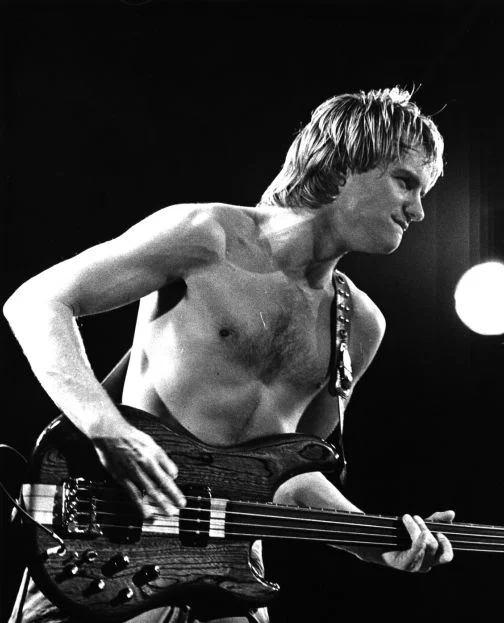
Hamer
The Hamer basses that Sting used didn’t have a massive impact on his career, as he often preferred other basses over them in the time that they were in use. He acquired an 8 string fretless which he used sparingly around the time of Zenyatta Mondatta, and a Cruisebass, which was also not used that often, as well as Phantom bass pictured below.
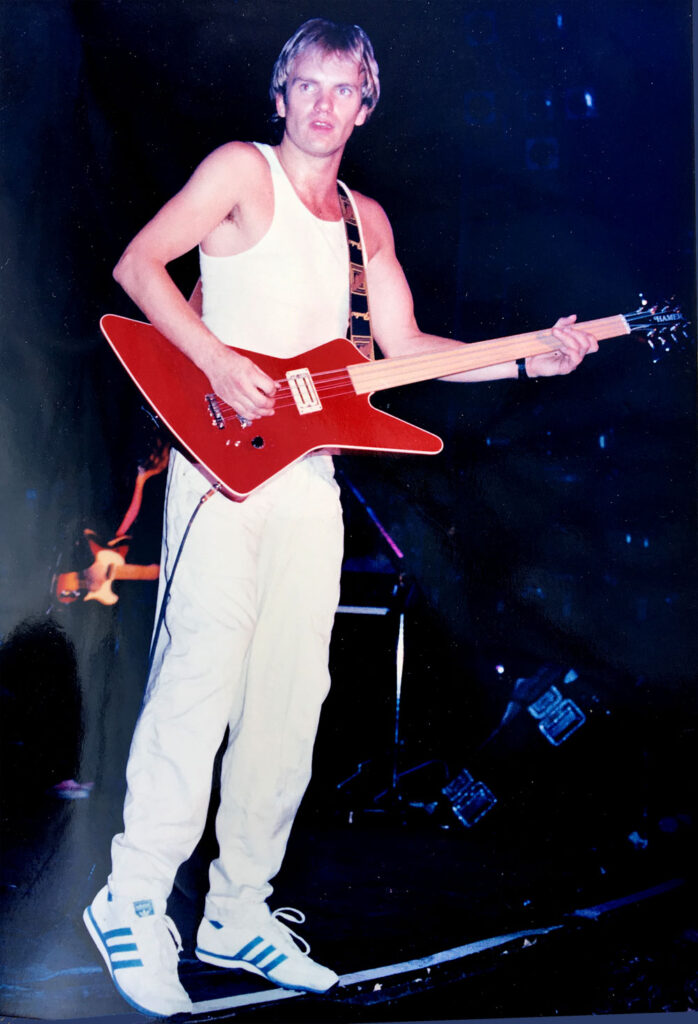
Van Zalinge
You’d have to say the Van Zalinge electric upright bass is categorically the weirdest guitar that Sting has played, but it seemed to work well for him. The Dutch-made instrument was used on the recordings of Synchronicity and perhaps even on Ghost in the Machine earlier. He liked to thicken up his lines by playing them both on an upright and then an electric as well on recordings.

Steinberger
Sting used a Steinberger L2 around the time of Synchronicity, and it was often used to dub lines that he had played on the electric upright bass as mentioned above. He used it in the studio a bit, but it was replaced by a Spector almost immediately on the Synchronicity tour.
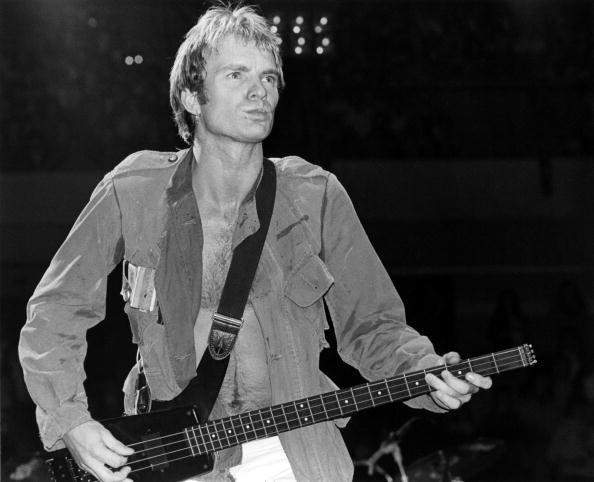
Spector
This is one of Sting’s most famous guitars, and one that he actually didn’t own the first time he played it. The story goes that the Spector dealer in St. Charles gave this bass to Sting’s guitar tech before they played a show in the town in 1983. The tech gave the bass to Sting to play that night, and he used it all through sound check and all the way through the show, and as the dealer was getting into his car with the bass after the show, Sting pointed at him and said ‘write that man a cheque’. That was the second show of the Synchronicity tour, and Sting played the bass every night for the next year on tour. The bass has become somewhat of an icon, and is now on display at the Rock and Roll Hall of Fame and Museum in Cleveland.
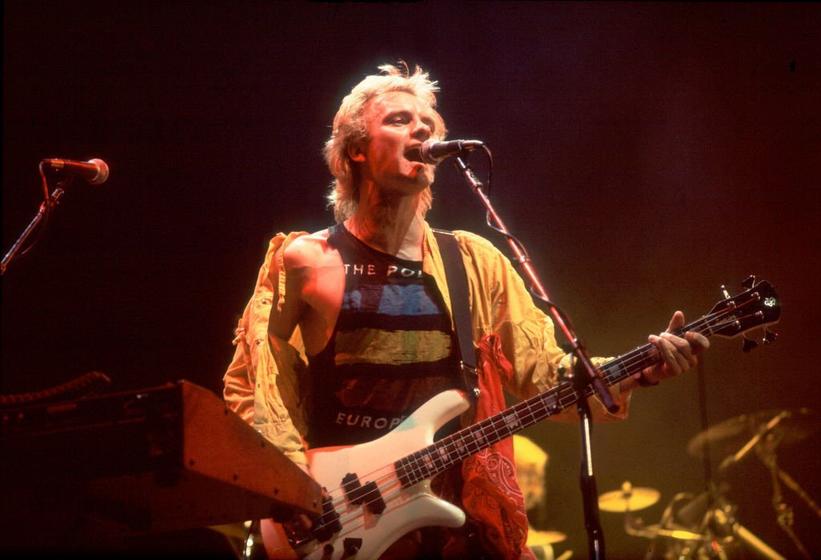
For all things Sting, head to this link.

